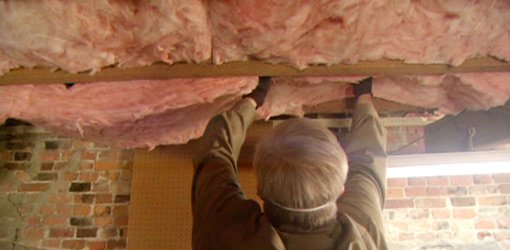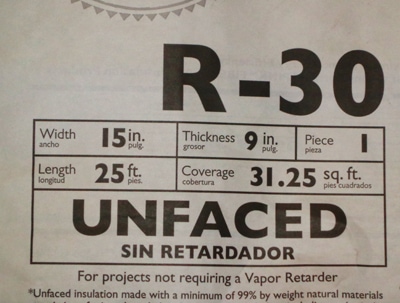Face Or Unface Insulation In Uninsulated Attic

The same is true for an attic floor.
Face or unface insulation in uninsulated attic. Whether you choose faced or unfaced insulation for the attic depends on the. Unfaced insulation when adding more insulation to an attic that already has insulation use unfaced insulation. The primary reason to insulate any part of the home is to provide a thermal barrier between conditioned heated or cooled interior space and the outdoors or unheated spaces such as an unfinished. Simply peel the facing paper off the top layer of insulation.
As you ve discovered since you already had insulation in your attic the layer of new insulation you added should have been unfaced to prevent moisture from becoming trapped between the layers. The same applies to faced unfaced and other kinds of insulation products. Kraft faced insulation includes a paper vapor retarder which helps prevent mold and mildew. For many contractors the decision to use one kind of insulation over the other depends solely on preference rather than a by the book decision making process.
Kraft faced insulation should be installed in exterior walls exterior basement walls and attic ceilings by pressing the product into the wall cavity with the paper side facing outward towards the installer. Faced insulation if the attic doesn t have any existing insulation use faced insulation with the paper facing toward the heated living space. Unfaced means the insulation lacks a vapor retarder paper or plastic facing. Place a new layer of unfaced batts perpendicular to the old layer to cover any gaps in the lower layer.
Watch this video to find out more. The facing should aim down toward the living space. The good news is that the solution to your problem isn t that difficult. Facing is a thin layer of paper or plastic attached to one side of batting insulation which is sold in a roll.
If you re putting it in an exterior wall the facing is on the interior side of the home where drywall will be laid.
















































